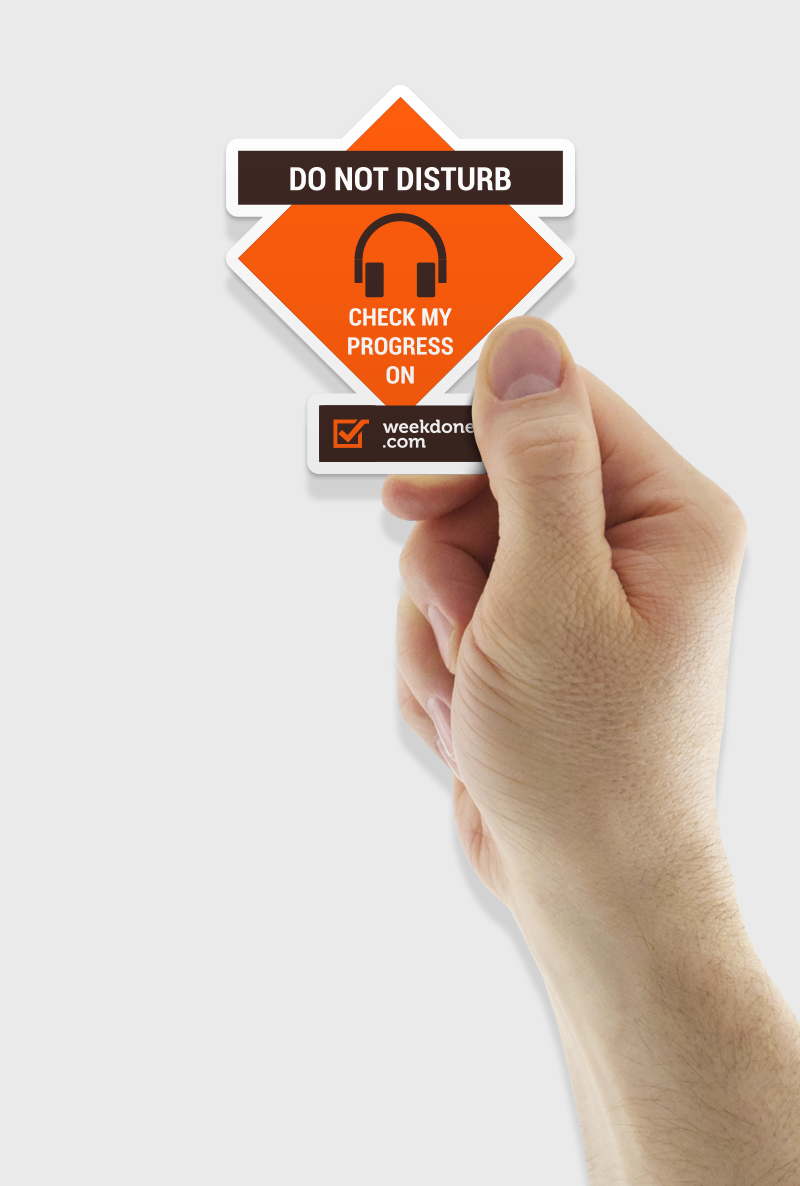“All of a sudden you have to sit in a lot of meetings that have nothing to do with design,” says Pereyra. “And we’re like, wait a minute, we’re designers! What the hell are we doing managing [–] all these people and all this nonsense?“ – Way Beyond UX: How Anton & Irene are Designing on Their Own Terms
Designers are a special breed of people, but they are not immune to wasting time on unproductive things, getting overwhelmed with the daily grind or losing their focus. Below is a list of things that you as a designer can do to become a productivity superhero.
Track your time
To efficiently plan your time and productivity, you must first understand where you spend it. Use a simple time-tracking tools like Toggl and clockspot to see how much time you spend on each project. These can be either billable client hours (which you need to be tracking anyway), or when working in an agency or startup, the time you spend on individual tasks.
Master your shortcuts
Going through an array of menus to duplicate an object might take only a few seconds, but when you need to repeat the action often, the time will add up. Pick your favorite tool of trade (Illustrator, Photoshop, Sketch) and memorize the keyboard shortcuts. For starters, find a printable cheat sheet, stick it somewhere near your workstation and become a poweruser. Using your tools should be as automatic as riding a bike, without needing to stop and think how to make them do what you need.
This too shall pass
When you hit a wall, and you feel you can’t come up with anything interesting or relevant, remind yourself that “This too shall pass“. Read tips on how to overcome a creative block.
Be ready when inspiration strikes
Designers can’t force their mind to become inspired from 9 to 5, so be ready to receive any ideas that you have, and save them by sketching them down. Carry a pen and a notebook with you at all times. Don’t be afraid to use them.
Done is better than perfect
It’s an inherent trait of designers to be perfectionists — you want everything look and feel just right. And when you have a lot of time and a lot of responsibility, this is fine. Unfortunately not all situations are that flexible, and you need to just deliver.
Toughen up
When doing client work, and when you already have established a reputation and a solid client base, learn to say no to some clients. It’s hard at first, but learn to recognize the people and patterns that are not productive. When billing by the hour, it might seem lucrative to accept clients who require tens of revisions and dozens of meetings, since the time is all billable. But these people are not valuing your and their time, going back and forth between revisions. You can instead use this time to work on projects with meaningful impact, with people who appreciate you.
Organize
Learn to organize and know your routine. Establish a file naming convention and storing system so you don’t spend much time looking for the file you want. Make sure the file is accessible whenever you need it – store it in the cloud (use Dropbox to keep files in sync and access on your phone). Use specialized version control to have your revisions available. Keep a record of your design process and version with Defolio.
Collaborate
When working in-house, use a status reporting tool like Weekdone to shave off hours spent on status meetings. Earn your right to marinate in your creative juices, put on your headphones and slap this sticker on your computer. Already using Weekdone and want the sticker? Ping me at veli@weekdone.com and I’ll happily send some your way.
Agree or disagree? Any tips to add? Let us know in the comments!
